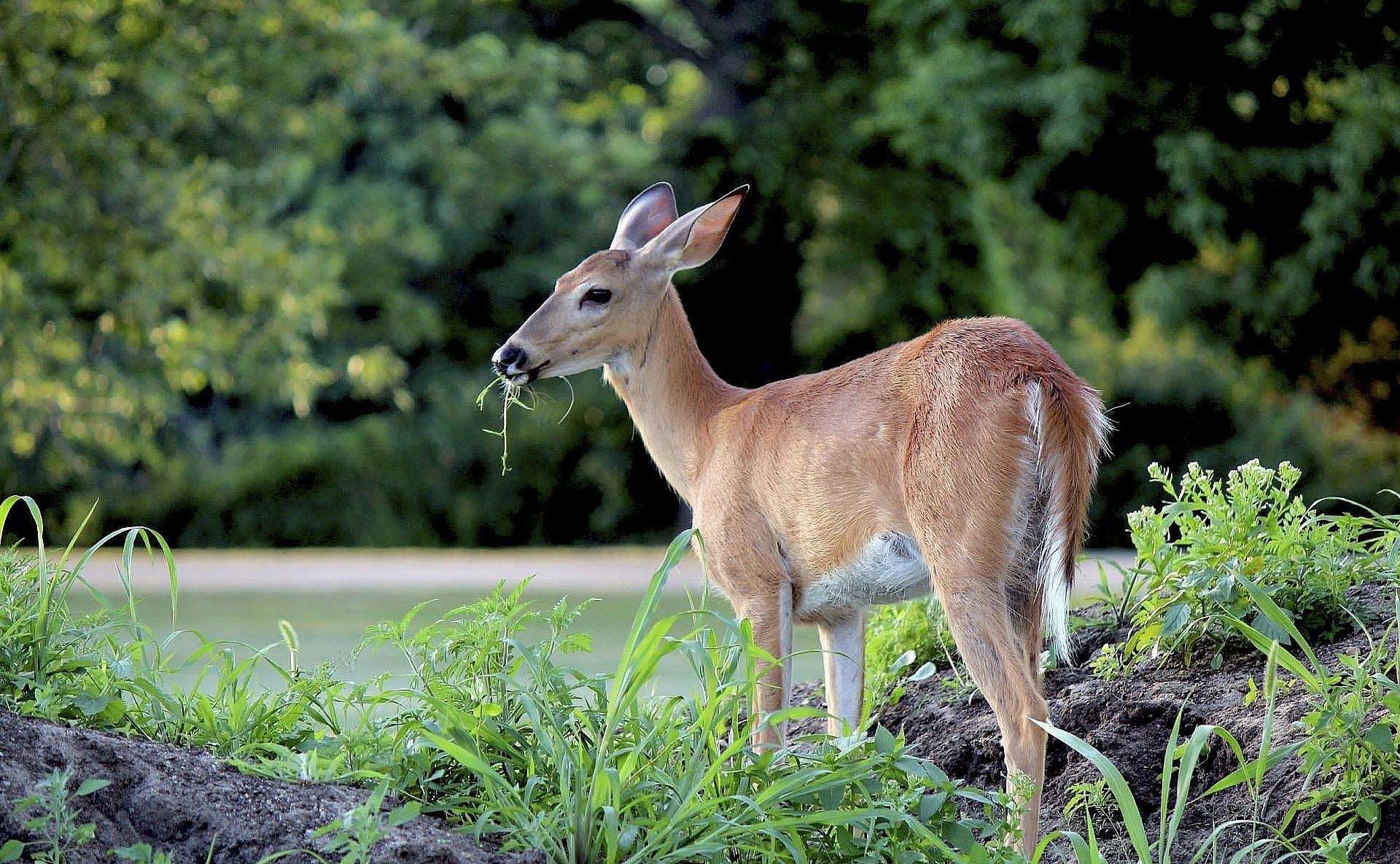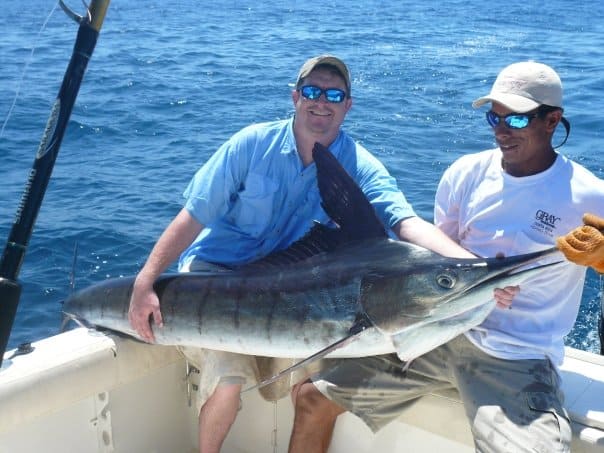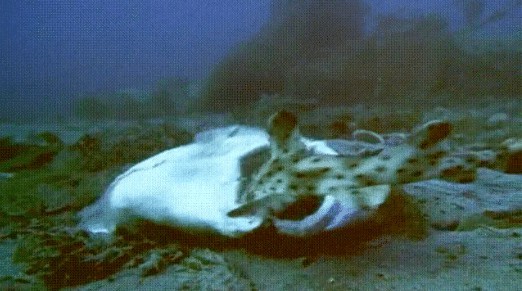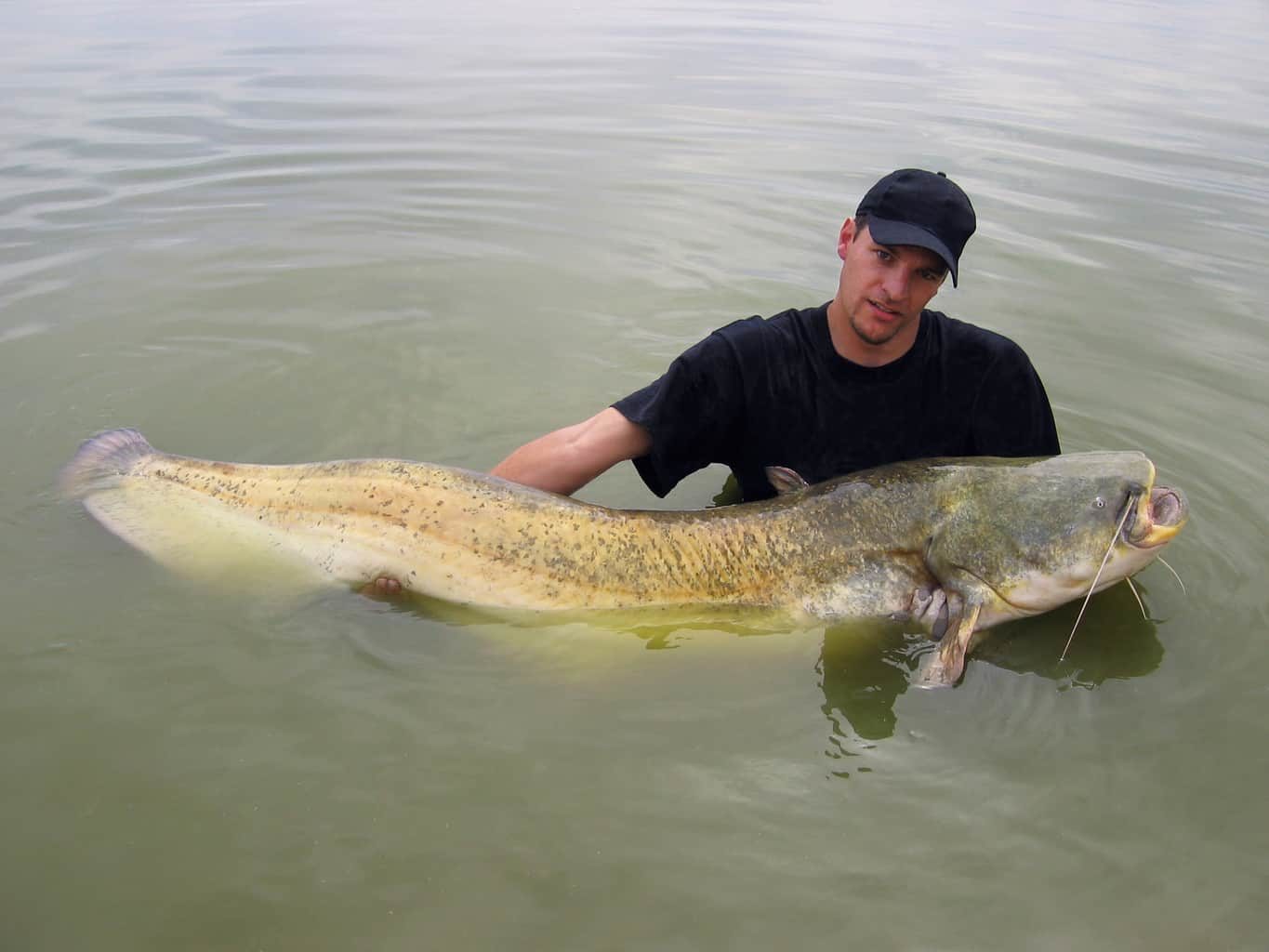
It sounds bizarre and made up. It’s like something out of a bad horror movie. But a whitetail deer was discovered eating human remains in the middle of the woods. Seriously.
WARNING: The following images may be disturbing to some.
Before you ask, the body wasn’t the remains of a murder victim or a lost hiker, it had actually been donated so forensic scientists could study how a body decomposes so they could better solve crimes and identify a body. This particular study took place the 26-acre Forensic Anthropology Research Facility (FARF) in San Marcos, Texas.
Researchers left a body in a wooded area of the facility back in July 2104. They did so with the intentions of watching how different scavengers interact with the remains. They set out motion-sensitive cameras to capture all of the action. They had a good idea of what animals would make an appearance. Foxes, vultures, raccoons, coyotes were all potential scavengers they expected to capture. One animal they probably never expected to show up and start scavenging was a whitetail deer, but that’s just what happened.
Right around the six month mark, on January 5, 2015, the camera carpeted images of a young deer standing by the corpse with a rib in its mouth. It was pretty bizarre, but it’s pretty safe to assume this was some sort of mistaken identity on the deers part, right? It turns out a deer (probably the same one) came back a week later and picked up where it left off.
This is the first recorded instance of a deer ever scavenging from a dead human. This isn’t to say deer haven’t been known to eat meat from time to time. Even traditionally vegetarian animals realize their need for meat at times. They most likely seek it out when they are low on certain minerals or when they need to ramp up their diets in the wintertime.
Based on this case study and the way deer have been known to forage animal carcasses, the authors note that the ungulates tend to seek out dry bones of long-dead animals, and in particular bones with a rectangular cross-section. They cause the most damage on the ends of the bone, where the zigzag motions of their jaws leave behind a “stripped, forked pattern in the bone,” the authors note. Carnivores, by contrast, seek out fresher remains and leave punctures and pits in the bone.
Fortunately for us, this doesn’t mean deer are likely to develop a taste for humans, they actually prefer an animal that has been dead for a while.







